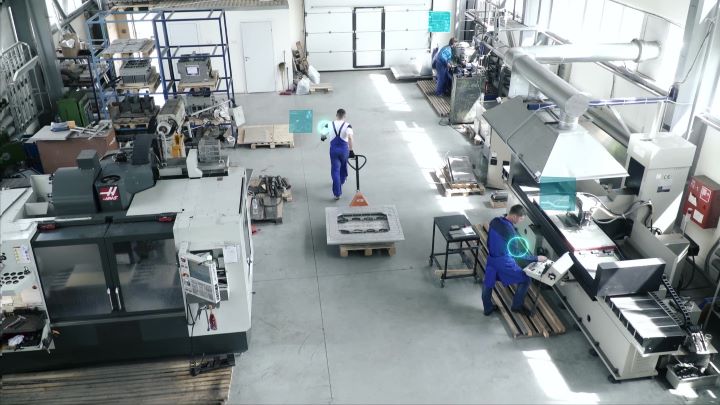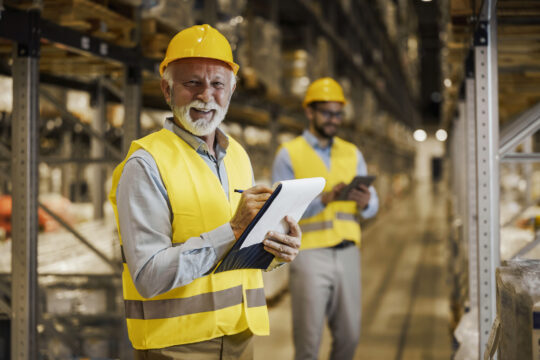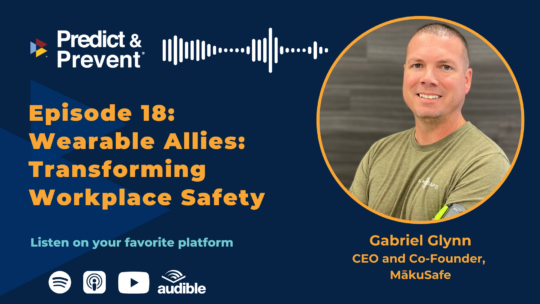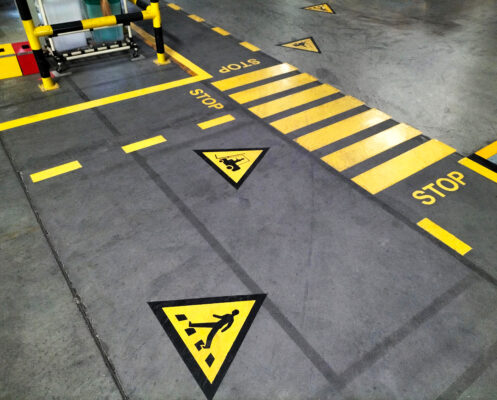New Contact Tracing And Density Mapping Features Announced
May 18, 2020
For Immediate Release:
MākuSafe enhances technology with features aimed at protecting worker health.
Wearable safety technology company responds to industry demands during COVID-19.

West Des Moines, Iowa (May 18, 2020)—As communities begin to open up across the country, businesses are looking for ways to protect employees returning to work. One Iowa company is helping to meet this important need by evolving their wearable safety technology to help monitor and prevent the spread of COVID-19 with features to enable contact tracing and worker density reporting.
MākuSafe, a safety technology and data analytics company, has made worker safety their mission since the startup was founded in 2016. With employees facing new health and safety risks as they return to work, MākuSafe’s research and development efforts have expanded to address challenges created by the COVID-19 pandemic. Based on customer input, these additional capabilities were developed to help industrial companies, manufacturers, food processors, distribution centers, construction and other businesses that now have to adapt to get back to work and keep their teams safe.
MākuSafe’s existing software platform was designed and built to process human motion, environmental and location data. New features added to the platform include contact tracing reports and worker density mapping; two things that customers told them would be critical to getting their workforce back to work safely.
“As we considered the role that MākuSafe could play in getting America back to work, we realized the environmental and location data we already collect could be used in an exciting new way,” said Gabe Glynn, co-founder and CEO of MākuSafe. “As we developed these new features, we were very conscious about adhering to our core standards on worker privacy and building a strong safety culture.”
Keeping in line with this philosophy, the wearable device still does not deliver haptic feedback or alerts directly to workers wearing them, as these interruptions may become hazardous distractions. Rather, real-time data is made actionable in the MākuSmart dashboard, giving safety and operations leaders access to relevant EHS intelligence for enhanced decision making.
“We were excited about using MākuSafe’s wearable technology before COVID-19, but now their work on contact tracing and mapping worker density holds even more potential impact for us,” said Aaron Anderson, safety director at The Weitz Company. “Keeping our people safe and healthy is our top priority while making progress on our Des Moines-based construction jobs.”
MākuSafe officially launched their proprietary SaaS platform and wearable devices in early 2020. Pilot programs conducted across the Midwest in 2019 showed customers a promising return on investment. To learn more about this technology, visit www.MakuSafe.com.





